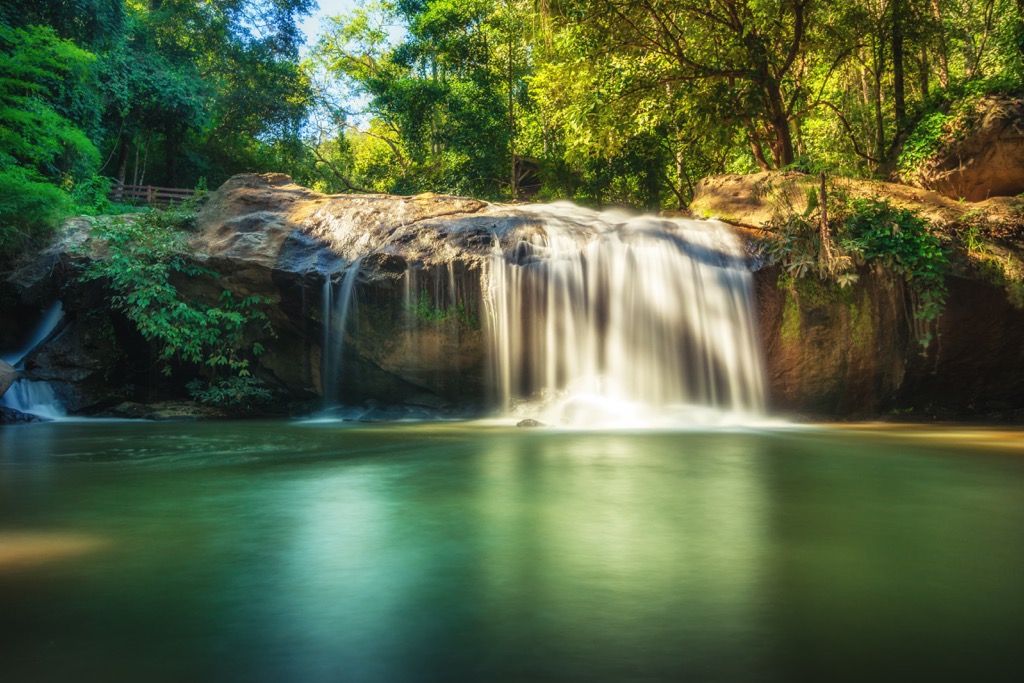Get PeakVisor App
Sign In
Search by GPS coordinates
- Latitude
- ° ' ''
- Longitude
- ° ' ''
- Units of Length

Yes
Cancel
Share ×

Scan the QR code and open PeakVisor on your phone
❤ Wishlist ×
Choose
Delete
Thailand, officially the Kingdom of Thailand, is a country in Southeast Asia. Situated entirely within the tropics, Thailand features a variety of thriving ecosystems. There are 11622 named peaks in Thailand; Doi Inthanon is the tallest and most prominent at 2,565 m (8,415 ft), with 1,835 m (6,020 ft) of prominence.

Thailand is a country in Southeast Asia situated on the Indochinese Peninsula. Thailand’s land border spans 4,863 km (3,022 miles); the Andaman Sea sits to the west, Myanmar and Laos to the north, Cambodia and Laos to the east, and Malaysia and the Gulf of Thailand to the south.
The country is 513,120 sq km (198,120 sq miles), making it the 50th largest country in the world by land area. Thailand has several unique geographic regions, including the Thai highlands, Isan, central Thailand, and southern Thailand.
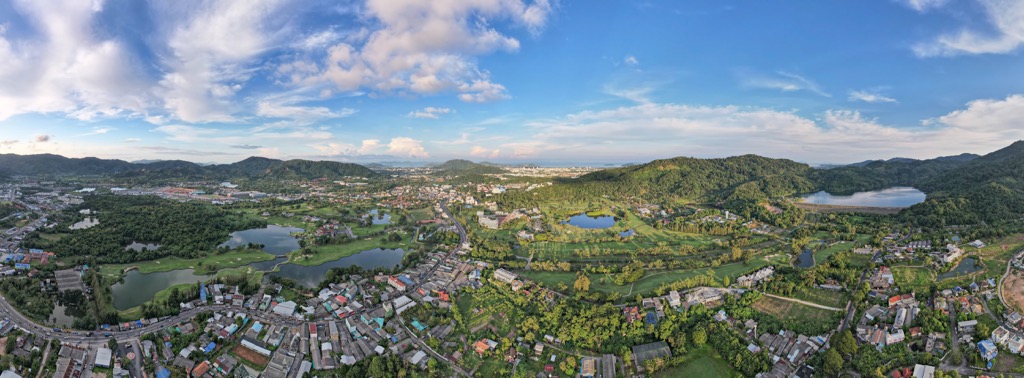
The Thai highlands mark Northern Thailand. This mountainous region features the Daen Lao, Shan Hills, and Dawna Ranges. Doi Inthanon, the tallest peak in Thailand, is in the Thanon Thong Chai Range. Most of these ranges run north to south, separated by steep river valleys. The Pin, Yom, Wang, and Nan Rivers drain the bulk of this mountainous region before flowing into the Phraya River.
Northeastern Thailand, often called Isan, features the Khorat Plateau, which dominates the landscape of Isan, marked by relatively flat terrain and low-rolling hills. The Phetchabun Mountains are directly west of the plateau, while the Mekong River defines the eastern border.
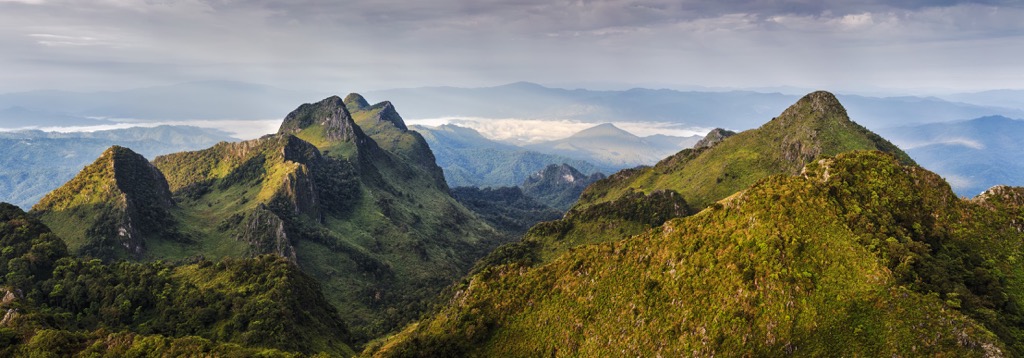
The expansive Chao Phraya River valley marks Central Thailand. The flat terrain features the Chao Phraya River and its tributaries. Since the thirteenth century, Thai people have used this region for rice paddy fields.
The Malay Peninsula is in Southern Thailand. Kra Isthmus, the narrowest part of the Malay Peninsula, separates southern Thailand from the rest of the country. Southern Thailand does not feature large rivers, unlike the rest of the country. Instead, visitors will discover rugged coastlines, lush islands, white sand beaches, and crystal-clear waters.
Thailand is home to seemingly countless national parks and preserves. Some popular parks include Ao Phang-nga National Park, Khao Sok National Park, Erawan National Park, and Khao Yai National Park.
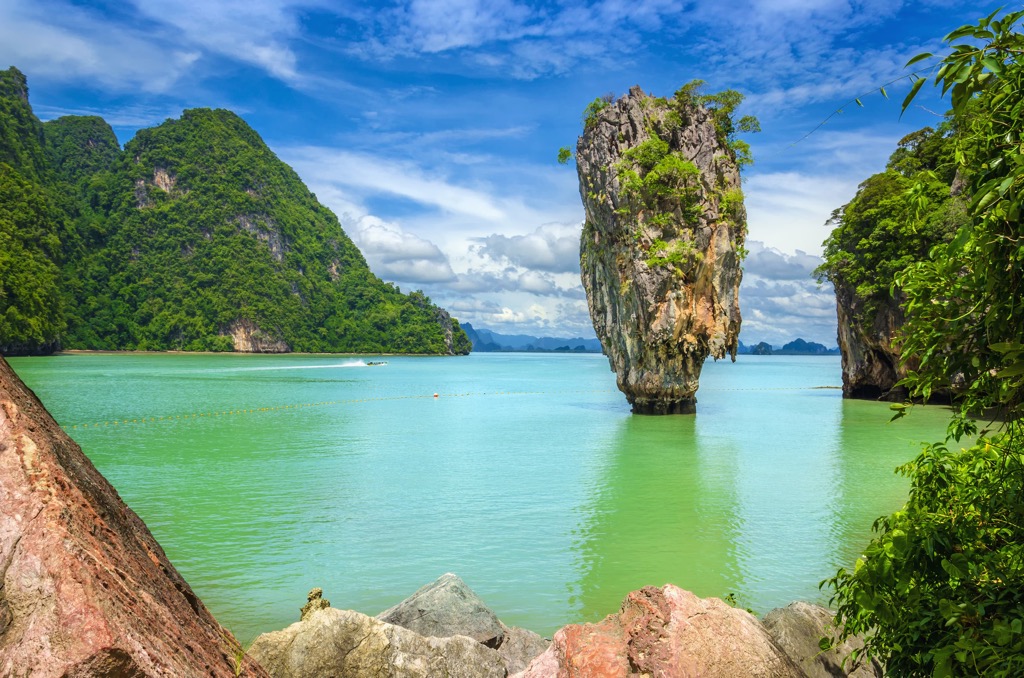
Metamorphic rocks form the basement or foundation layer throughout much of Thailand. Geologists have debated the age of this rock to the Precambrian or Mesozoic Eras. Meanwhile, western Thailand comprises Paleozoic-era rock.
The ocean almost entirely submerged large swaths of present-day Thailand during the Permian, the last period of the Paleozoic Era. The dramatic changes in water level resulted in deposited sediment throughout the region’s shallow seas. Today, those sediments have contributed to the karst landscapes found throughout the country.
A major marine transgression, a geological event marked by rising sea levels, occurred during the Triassic and flooded Thailand. The landscape of Thailand remained relatively flat until the Cenozoic.
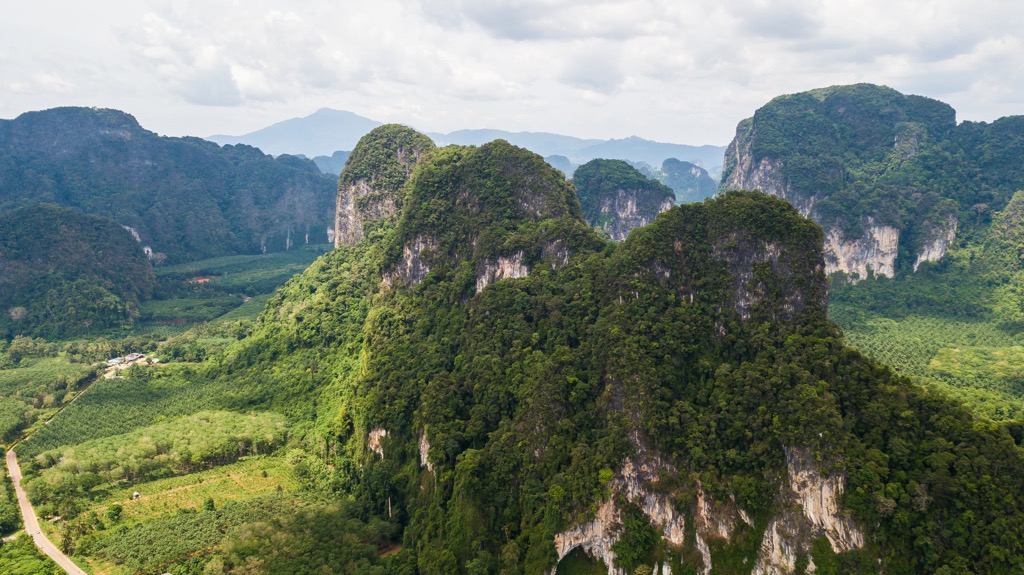
Rapid uplift led to the formation of Thailand’s northern mountain ranges. Horst and graben formation, also known as valley and range, is a type of topography that occurs when tectonic shifting pulls the Earth’s crust apart. This geological process occurred in Thailand during the Pliocene and Pleistocene, further shaping the ranges.
Uplift continued during the Quaternary, and erosion began to fill the valleys and plateaus with a thick layer of sediment.
Significant peaks in Thailand include Doi Inthanon, Kio Mae Pan, Khao Luang, Phu Soi Dao, and Phu Khe.
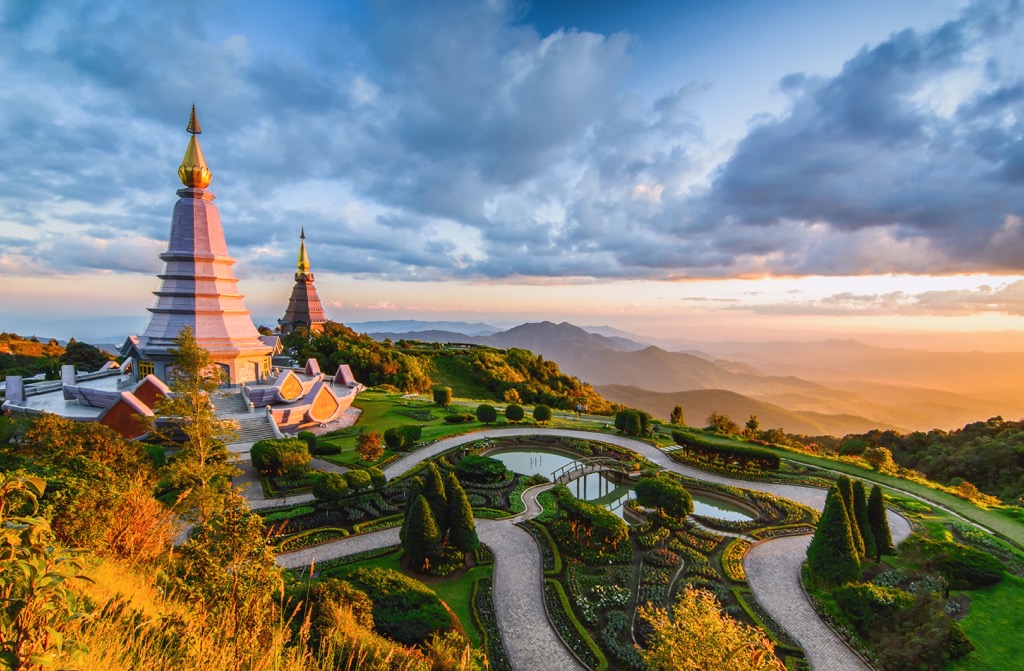
Thailand is in the tropics and often receives daily rainfall between May and September, allowing various flora and fauna to thrive amidst the humid climate.
Forests feature teak, pine, betel, and numerous species of bamboo and palm. Where logging has occurred, the second growth primarily consists of shrubs and grasses.
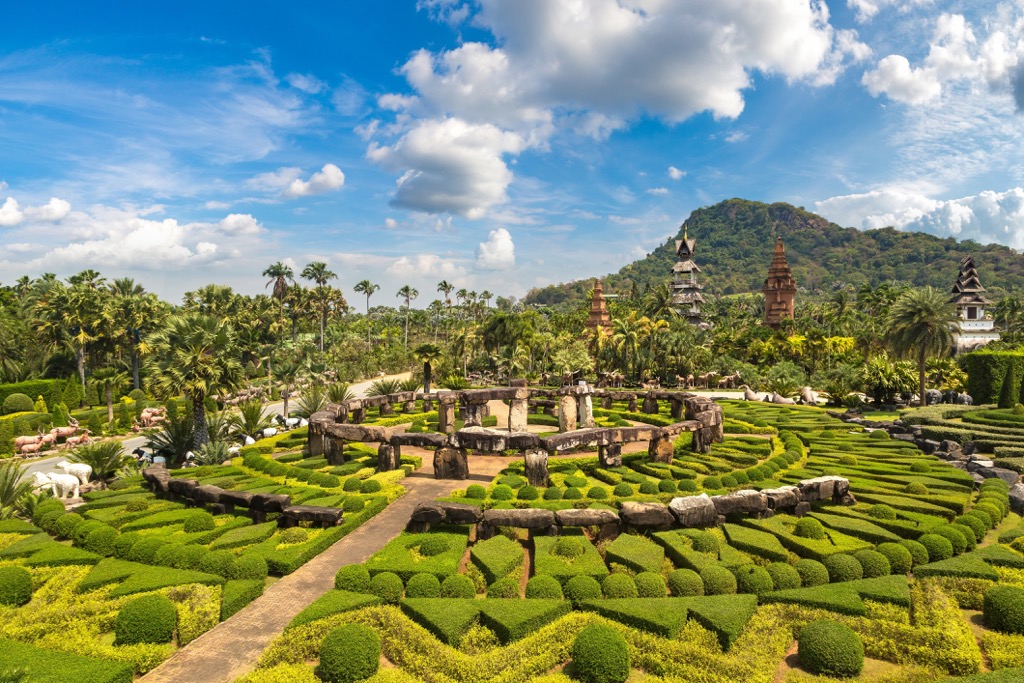
Extensive sections of mangroves and rattan populate coastal lowlands. Lotus flowers and water lilies live above the water's surface in most swamps and ponds.
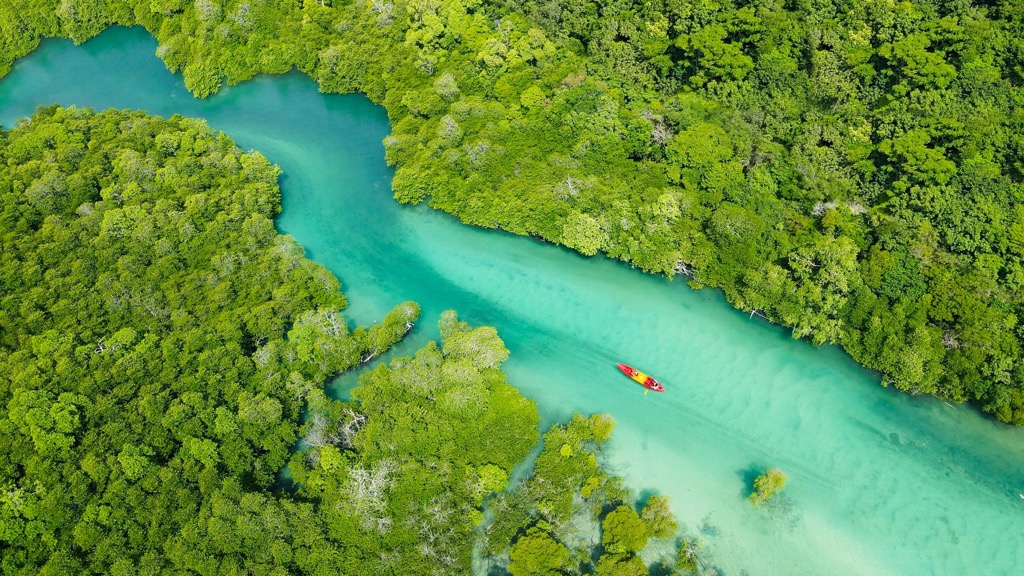
Larger animals found in Thailand include elephants, rhinoceroses, tapirs, wild ox, leopards, and tigers. Unfortunately, widespread deforestation, habitat loss, and poaching have led to a massive decline in these species. Other animals include cobras, crocodiles, and wild hogs. Overfishing and the destruction of natural habitats have also negatively impacted freshwater and marine fish populations.
Beetles, lizards, ants, and mosquitoes are abundant throughout the country. Thailand has become well-known for its silkworms which helped establish the country’s silk industry.
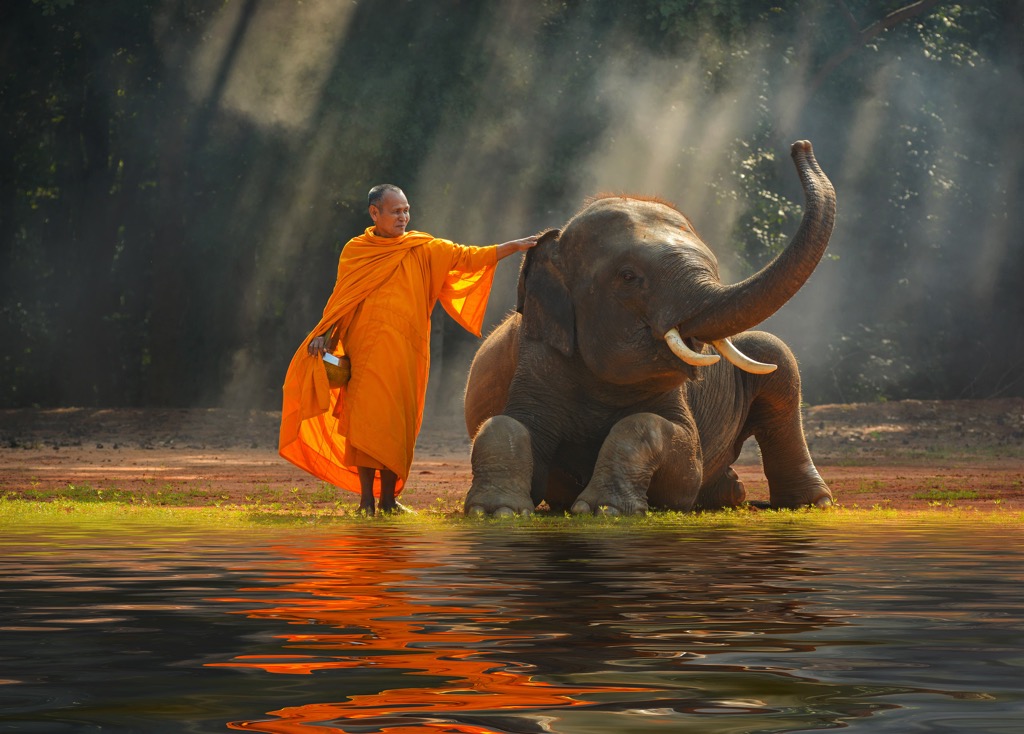
The ancestors of the Thai people first arrived in Southeast Asia around 1000 CE. The original Tai People, who speak or once spoke the Tai languages, settled throughout present-day Thailand from the 6th to 11th century.
During this period, the Mon kingdoms, Khmer Empire, and Malay states ruled the surrounding region. These kingdoms competed to control the area with the Thai Kingdoms of Ngoenyang, Sukhothai, Lan Na, and Ayutthaya.

European contact began in 1511 with the arrival of Portuguese diplomats in Ayutthaya. The city of Ayutthaya was the capital of the Kingdom of Ayutthaya. The kingdom had established dominance by the end of the 15th century and peaked during the 18th century.
During the Burmese-Siamese War (1765-1767), the Konbaung dynasty of Burma (Myanmar) and the Ban Phlu Luang dynasty of the Ayutthaya Kingdom of Siam fought against one another. A battle destroyed Ayutthaya, and the war precipitated the demise of the Ayutthaya Kingdom after 417 years in power.
Taksin of the Thonburi Kingdom unified the territory after the war. Buddha Yodfa Chulaloke, the first monarch of the Chakri dynasty, defeated Taksin in 1782. Western imperialism spread throughout much of Asia during this time, while Siam remained one of the few nations to avoid colonization.

During the reign of Chulalongkorn at the end of the nineteenth century, the government became centralized into a unitary absolute monarchy. During World War I, Siam partnered with the Allies in hopes of amending the unequal treaties and trade deals some of the Ally nations had enforced upon them.
A non-violent revolution in 1932 produced a constitutional monarchy, and the country was renamed Thailand. During World War II, Thailand was an ally of Japan and the Axis Powers. Thailand worked to reestablish its political power in the following decades, eventually becoming allies with the United States.
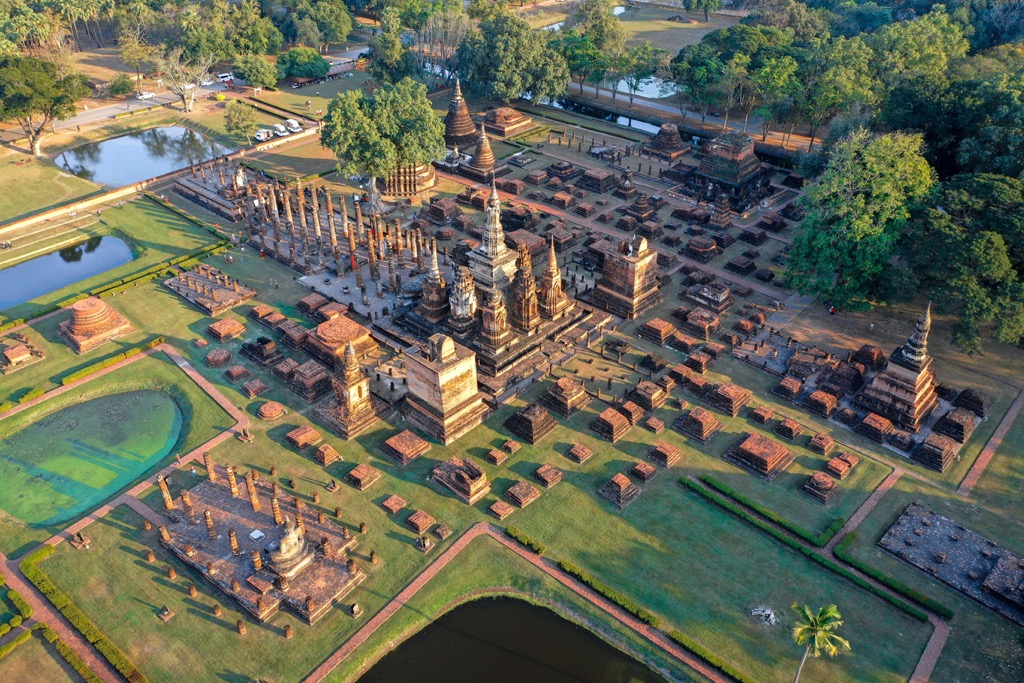
During the 1970s, the government was a parliamentary democracy, though it has since alternated between military rule and democracy. In 2020 and 2021, citizens led large pro-democracy protests. Bangkok is Thailand’s capital and most populous city, with a population of over ten million.
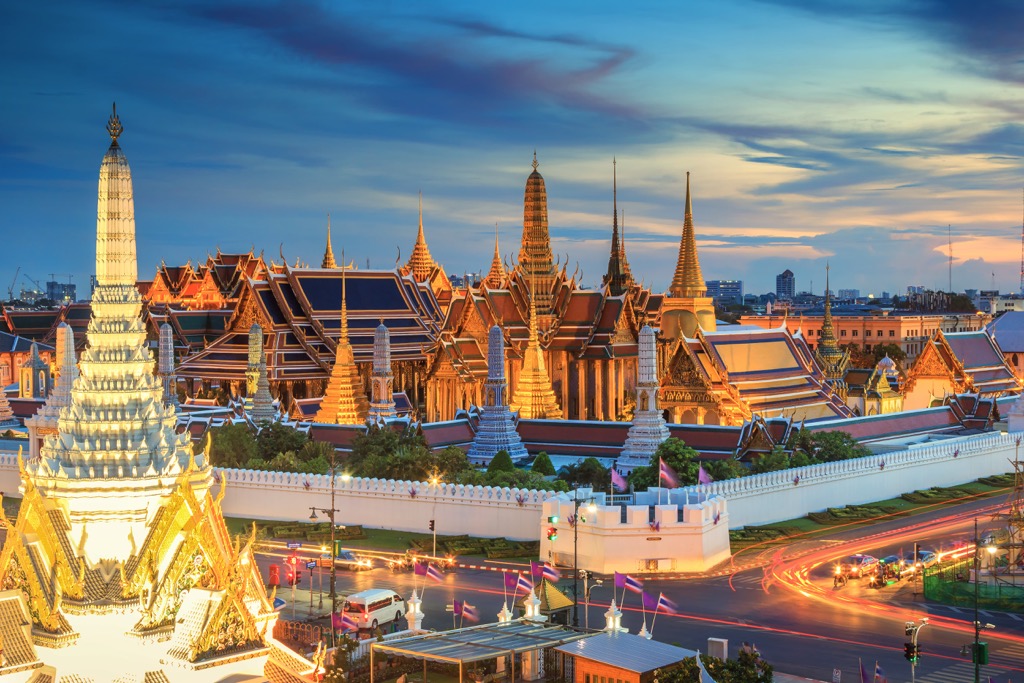
There are countless hiking routes and national parks in Thailand. Below are a few of the significant hiking areas to check out on your next visit:
Doi Suthep-Pui National Park is located in Chiang Mai Province, just a few kilometers northwest of Chiang Mai. The park spans 265 sq km (102 sq miles) and is named after its two central peaks, Doi Suthep and Doi Pui.
The most popular attraction is the Doi Suthep Temple (Wat Phra That Doi Suthep). Other sights include Doi Pui Mountain and numerous waterfalls and viewpoints. Road cycling is prevalent throughout the park’s scenic roads. Well-known hiking trails include Doi Suthep Monk Trail and Huay Tueng Tao-Dtaat Mook Waterfall.
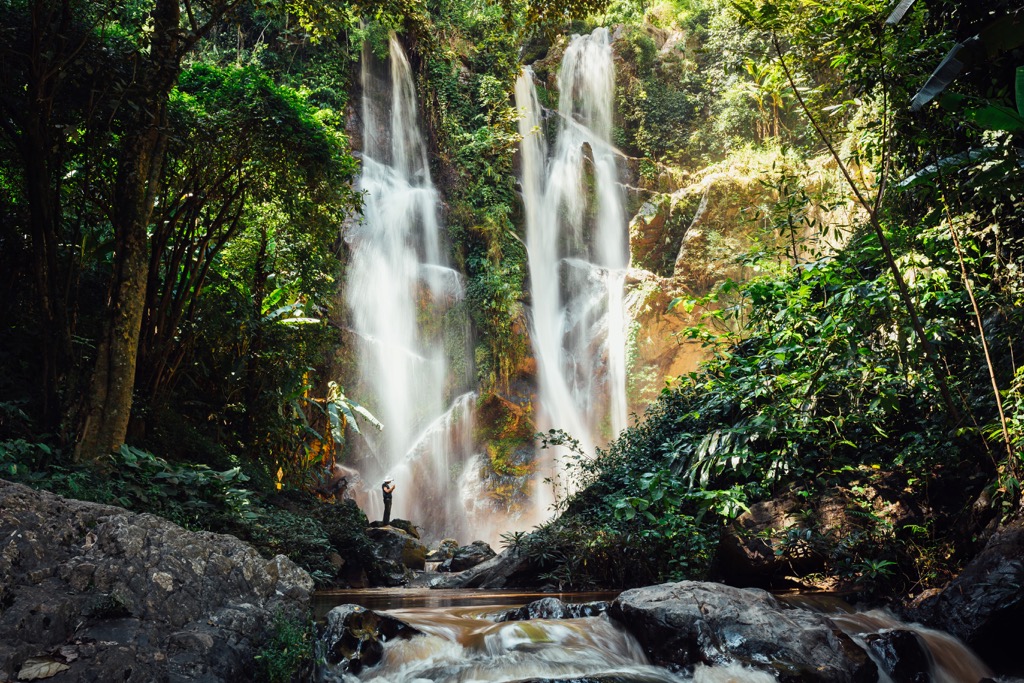
Khao Sok National Park is in southern Thailand and features a rainforest along the southern shores of Cheow Larn Lake. Easily accessible by public transportation, the park is one of the region’s most popular. The park spans 5,316 sq km (2,053 sq miles) and is part of the Khlong Saeng-Khao Sok Forest Complex.
Popular sites include Cheow Lan Lake, the forested limestone hills, raft houses, waterfalls, wildlife, and caves. The Bang Hman, Diamond, and Nam Thalu caves are some of the most visited. Visitors can hike on one of the many trails or boat along the breathtaking Cheow Larn Lake.
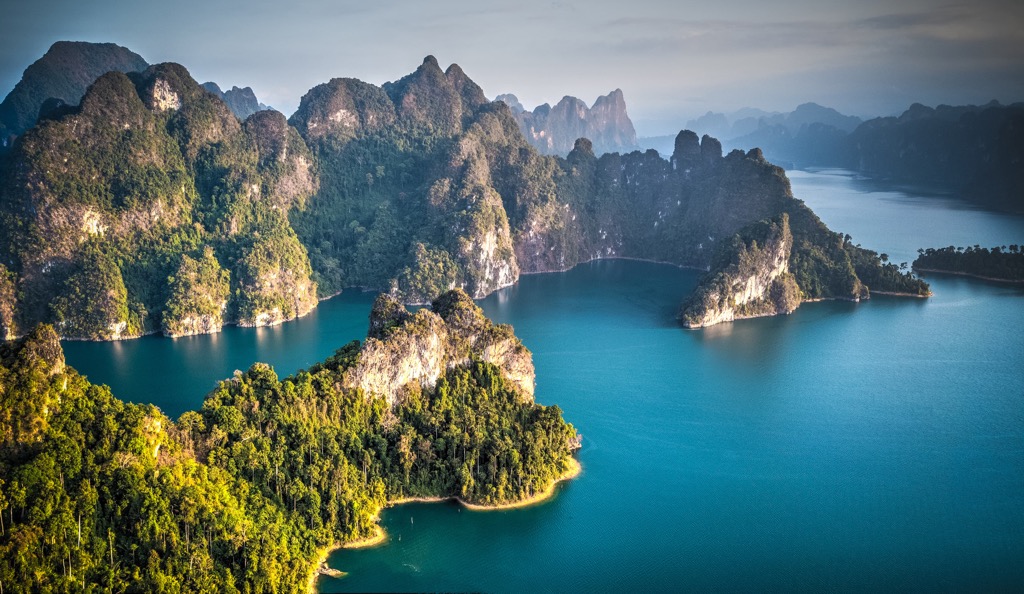
Kaeng Krachen National Park spans 2,915 sq km (1,125 sq miles) and is the largest national park in the country. Located along the border with Myanmar, the park features the most biodiversity of any park in Thailand.
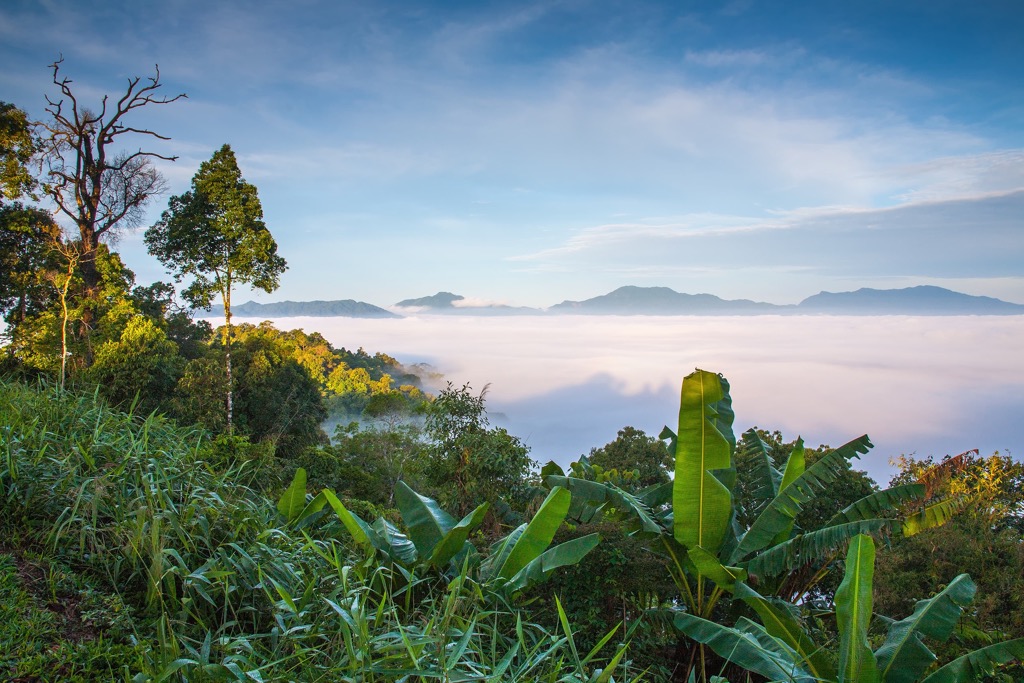
Hiking trails and campsites lie throughout the park, offering views of the sea of mist covering entire valleys in a thick white fog. The park is esteemed for its wildlife viewing, home to leopards, bears, elephants, and other animals. The Pala-U and Thor Thip waterfalls are also common destinations for visitors.
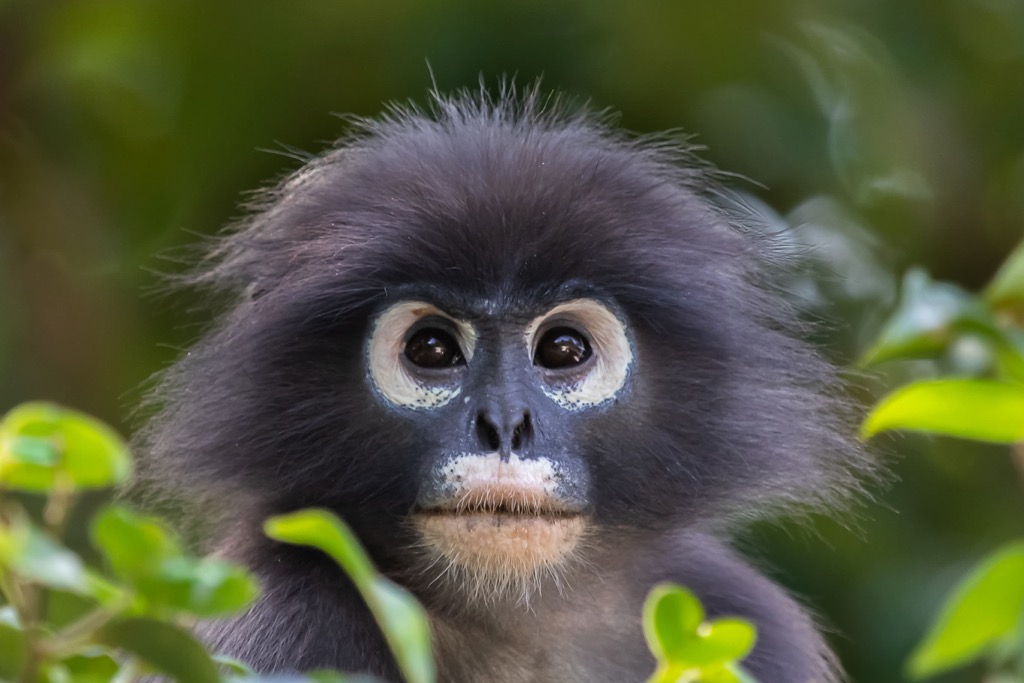
It’s not just about hiking in Thailand. Mu Ko Similan National Park is one of Thailand's marine parks, forming an archipelago of 11 islands, approximately 70 kilometers (43 miles) from the Andaman Sea coastline. Characterized by impressive granite formations, these islands are adorned with lush rainforests, bordered by pristine white beaches, and encircled by vibrant coral reefs.
From December to April, the waters surrounding the islands achieve remarkable clarity, perfect for activities like snorkeling and diving. For fit adventurers, kayaking is the ideal way to explore the islands. However, there are plenty of motorboats for those less willing to put in the work.
Numerous companies offer diving tours that encompass these islands. You can find accommodations and dining options on the islands, such as Ko Miang and Ko Similan.
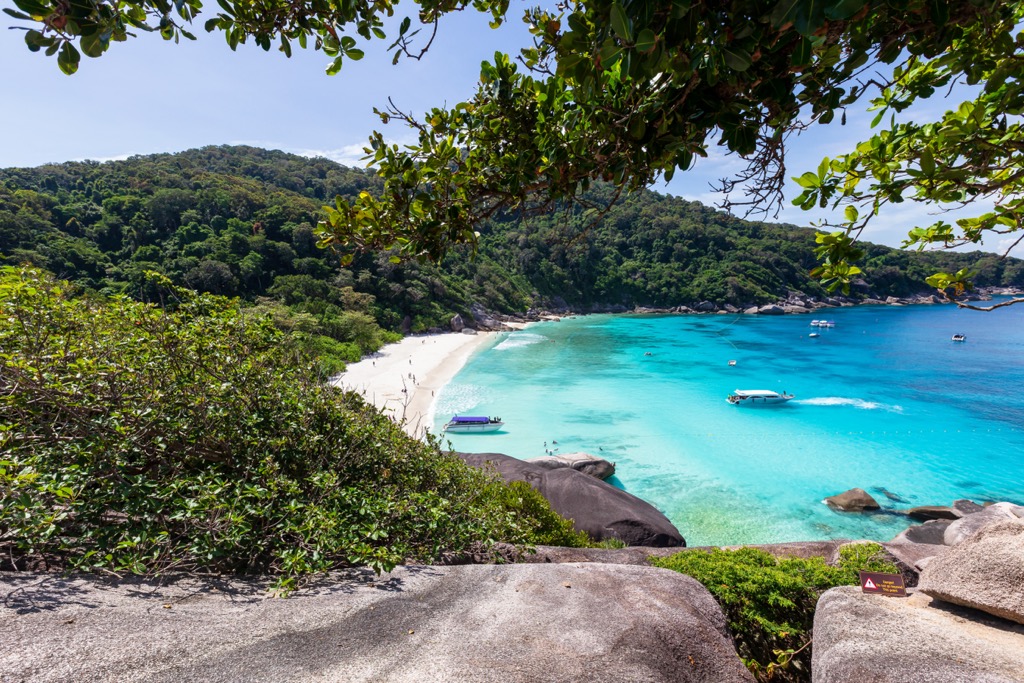
This national park stands out due to its distinctive limestone hills. The Karst landscape features many large caves and unique geological formations. The most significant attraction is undeniably the Phaya Nakhon Cave, a massive cavern with a Buddhist temple inside.
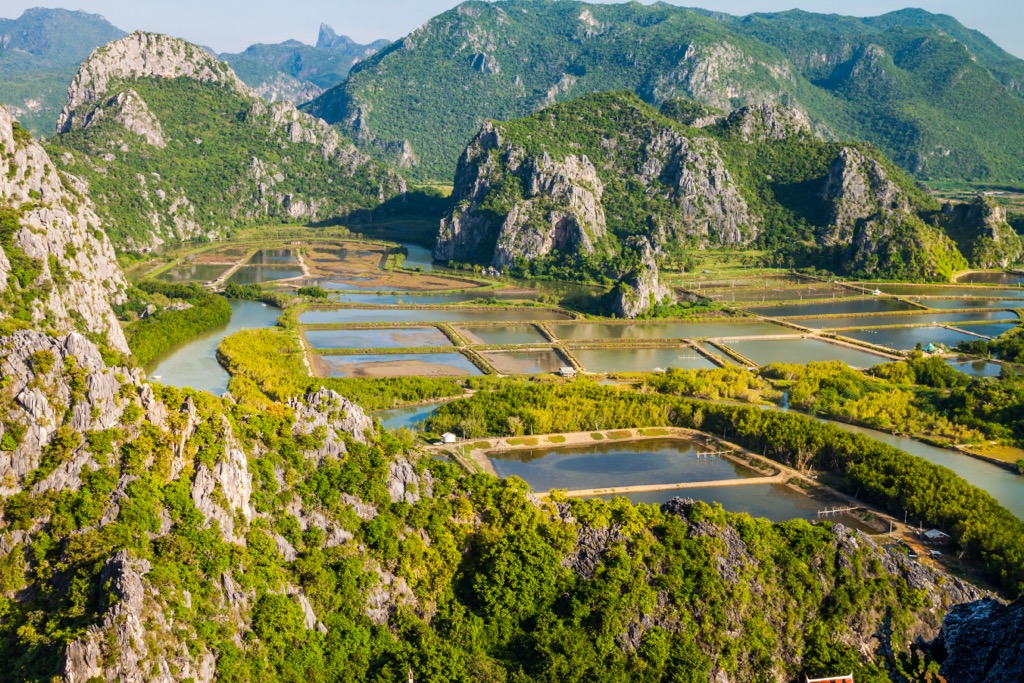
Beyond its geological wonders, the park has become a spot for bird enthusiasts, with at least 300 bird species present. January and February provide excellent opportunities for observing migratory birds.

Thailand is home to numerous cities and villages that are popular amongst tourists. Below are a few destinations for visitors:
Chiang Mai features an urban population of nearly 1.2 million and is the most populous city in northern Thailand. Established at the end of the 13th century, Chiang Mai was the capital of the Lanna Kingdom until 1558.
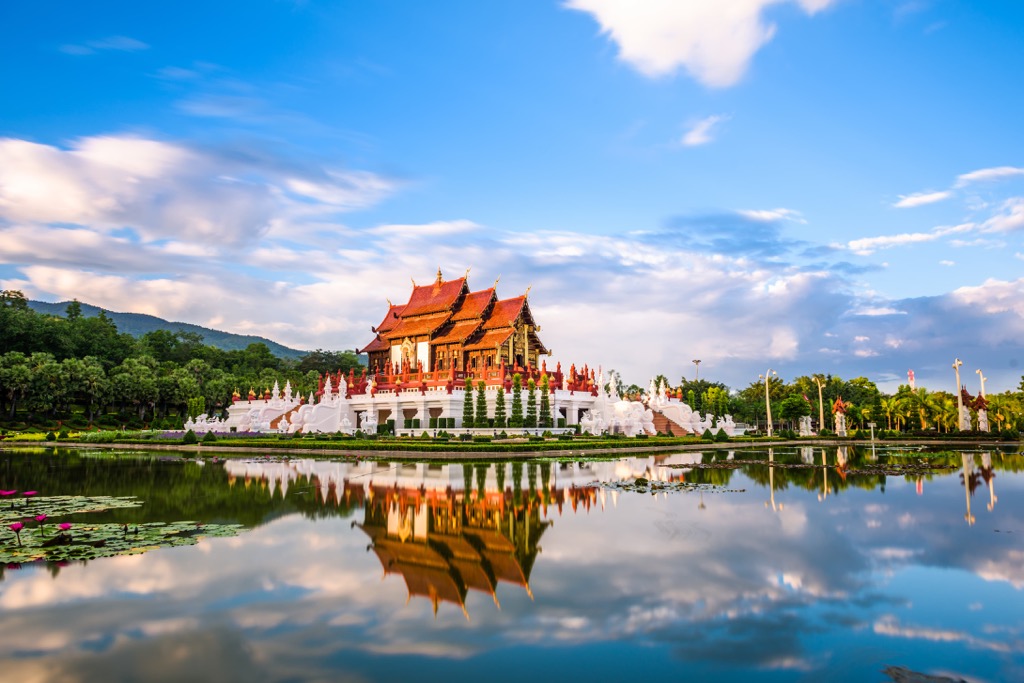
Situated in northern Thailand's foothills, lush rainforests surround Chiang Mai. The city is home to over 300 Buddhist temples, vibrant night markets, and a historic Old Town. Popular sites include Wat Phra That Doi Kham, Wat Chedi Luang, Wat Phra Singh Woramahawihan, and numerous elephant sanctuaries.
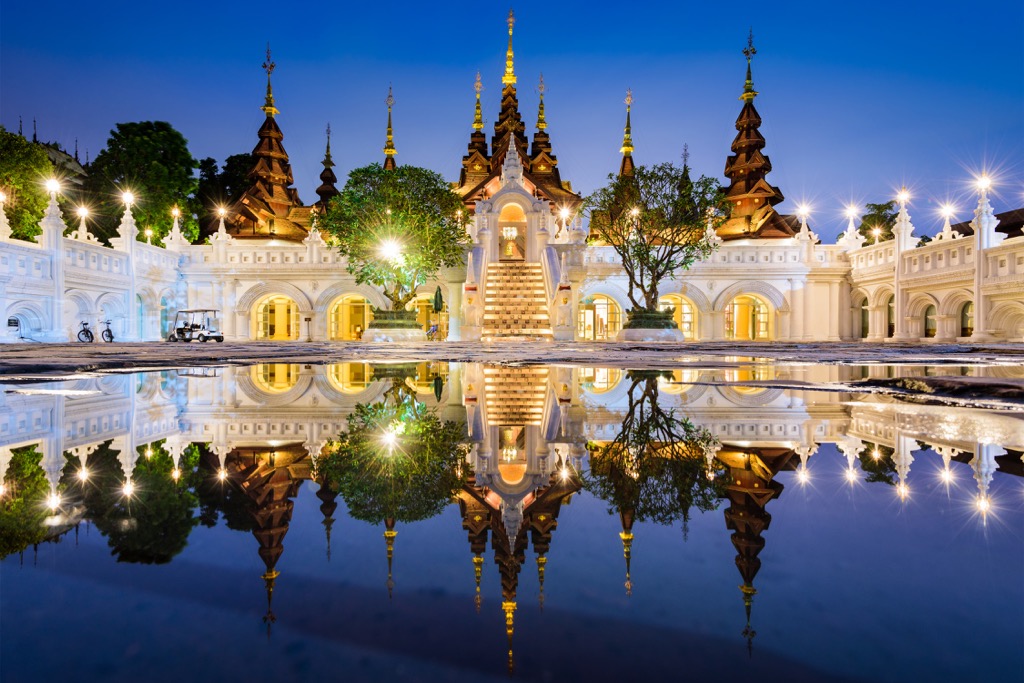
Phuket City is the capital of Phuket Province and lies on Phuket Island in southern Thailand. The city has a metro population of 250,000 and is one of the oldest cities in the country.
Popular attractions include Wat Chaithararam, The Big Buddha, Karon Beach, and Cap Phrom Thep. The city offers a great starting point for island hopping and ample opportunities for snorkeling and hiking. Visitors experience a tropical landscape and pristine beaches while most of the island is covered in forested mountains.

Bangkok is the capital and the most densely populated city in Thailand. Nestled within the Chao Phraya River delta in central Thailand, this metropolis covers an expanse of 1,568.7 square kilometers (605.7 sq mi). It is home to 10.539 million people (15.3 percent of the nation's populace).
Bangkok is an economic and cultural powerhouse. Bangkok may not be for everybody, but if you travel to Thailand, you’ll likely pass through this transportation hub. While it is incredibly removed from the nature that defines Thailand, the city holds allure for tourists looking for adventure in a dynamic city.
The lively street scene makes Bangkok one of the pre-eminent world destinations for street food. Incredibly ornate palaces and temples mix with glass skyscrapers. There is a culture of massage and wellness, but also prostitution, gambling, and crime.
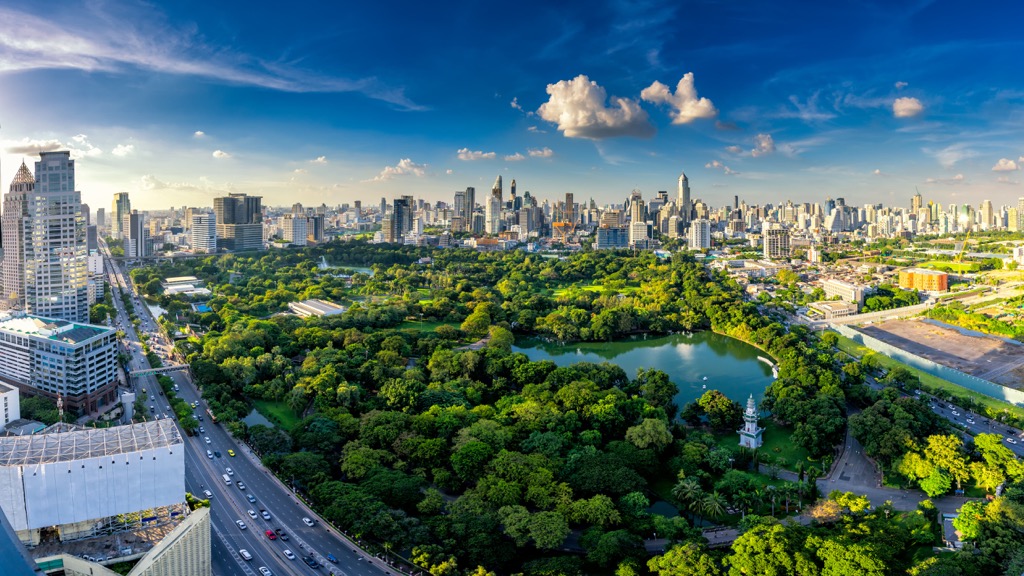
Explore Thailand with the PeakVisor 3D Map and identify its summits.







